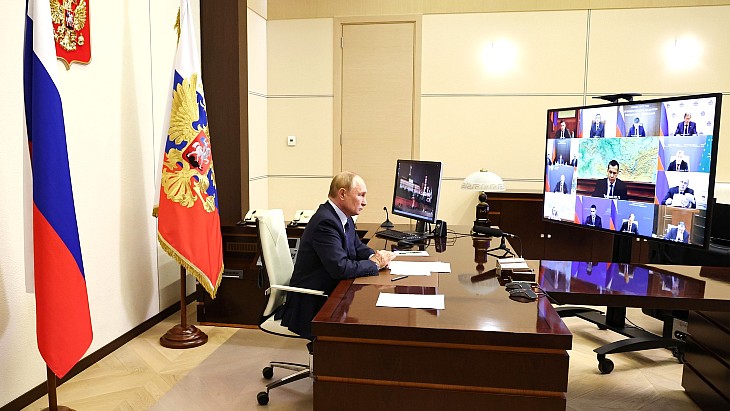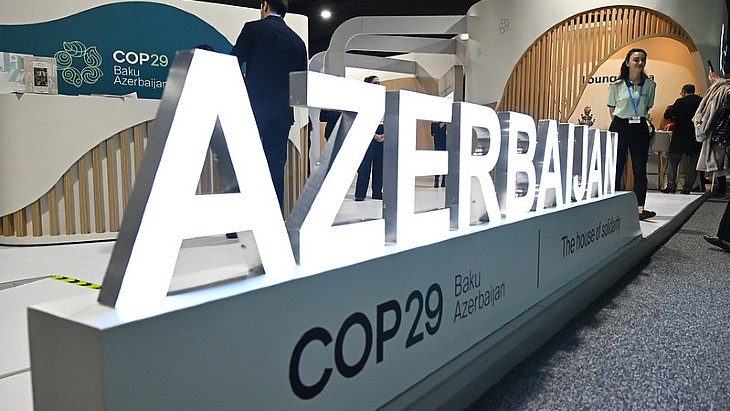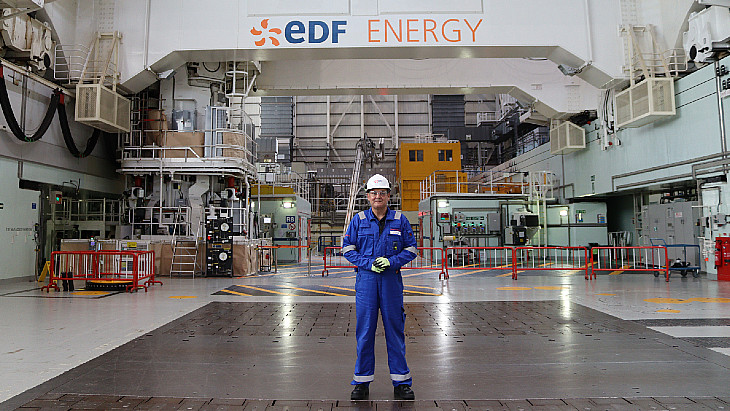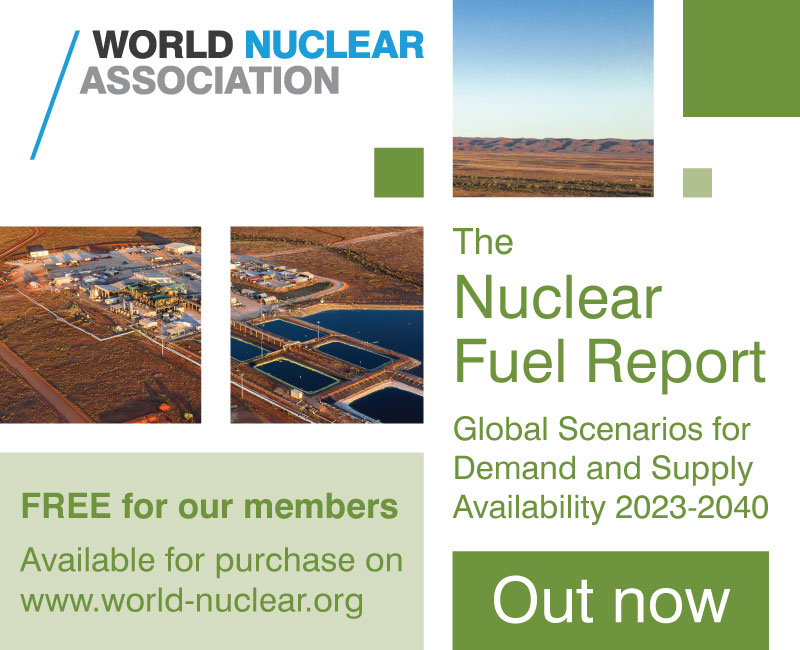Orano to expand capacity of French enrichment plant
_1.jpg)
The project consists of building a further four modules identical to the 14 existing modules "with the same recognised, tried-and-tested technology and with a reduced environmental footprint", the company said. The additional cascades will increase the plant's capacity by 2.5 million separative work units (SWU), the measurement applied to uranium enrichment.
The GB-II centrifuge enrichment plant - which superseded the Georges Besse I gaseous diffusion enrichment plant that ended production in June 2012 - was officially opened in December 2010 and reached its full production capacity of 7.5 million SWU in 2016.
"In the current geopolitical context, the purpose of this increase in enrichment capacities is to strengthen Western energy sovereignty in France," said Orano Chairman Claude Imauven. "Orano's decision responds to requirements expressed by our customers to strengthen their security of supply with production expected to start up as of 2028."
"This project is seeing the light of day thanks to the support of our customers and to the technical and commercial teams from Orano which have been mobilised on the project since March 2022," said François Lurin, senior executive vice president of Orano's Chemistry-Enrichment Business Unit. "With this extension to capacity, the uranium produced on the Orano Tricastin site will allow low-carbon energy to be supplied to the equivalent of 120 million households each year."
He noted "the importance of the support of the Japanese (Japan France Enrichment Investing, a consortium of Japanese utilities) and Korean (Korea Hydro & Nuclear Power) shareholders in the Tricastin enrichment company SETH (Société d'Enrichissement du Tricastin Holding) in the realisation of this project".
Last month, Lurin said the decision to extend capacity follows requests from some US and European customers who are seeking alternatives to Russian sources of supply. "We have been considering various options and we have concluded that the only way to supply additional needs was to build an extension to our existing capacities and the primary choice we would be able to make is to build up an extension on our Tricastin site at GB-II plant," he said in a video interview. He added: "We are happy to say that we would be able to start up production in 2028, with a ramp-up over two to three years up to a nominal production in 2030."
_49098.jpg)
_75453.jpg)

_70526.jpg)









